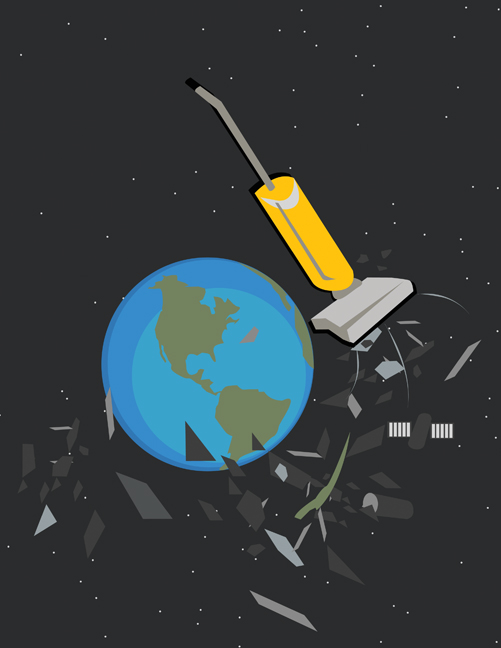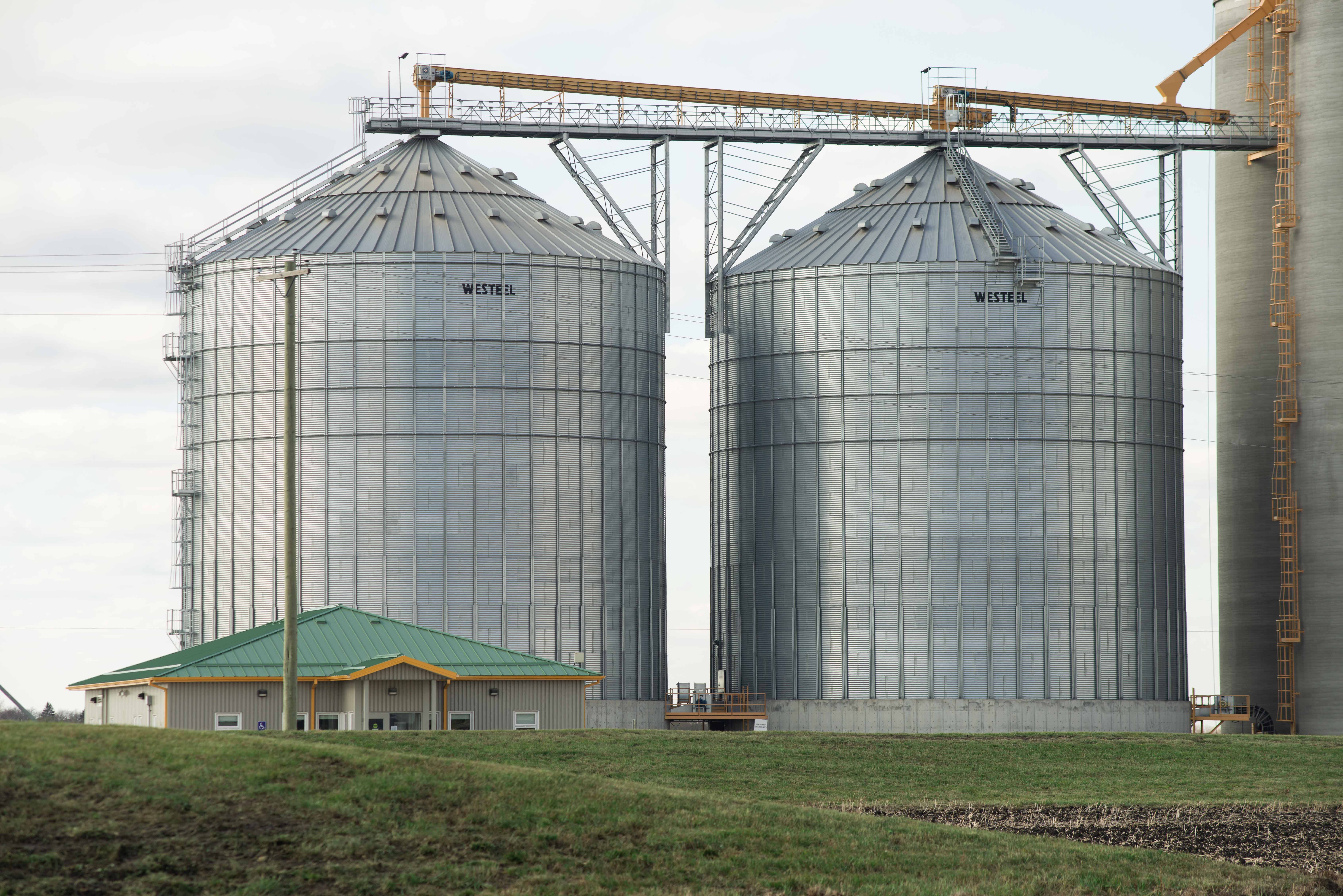A Swiss university has launched a project to build a satellite that will clean up debris in orbit around the Earth. The École Polytechnique Fédérale de Lausanne (EPFL) announced the Cleanspace One project on Feb. 15. The project will use several newly developed technologies to decommission an old Swiss satellite as a proof of concept.
There are at least 19,000 large (greater than 10 cm in diameter) objects in orbit around Earth. NASA estimates the population of smaller debris (between 1 and 10 cm) at about 500,000 — even smaller objects are too numerous to track. Orbital debris ranges from derelict spacecraft and spent launch stages to waste from rocket engines or even bits of paint. Objects in orbit are moving extremely fast — the average impact speed between two objects in orbit is 10 km/s — even paint chips can be dangerous at such velocities.
When operational satellites collide with debris, the equipment is often destroyed. Not only is this damage expensive, it creates even more debris. Three years ago, the abandoned Russian satellite Cosmos-2251 collided with the operational American satellite Iridium-33; the two satellites exploded on impact.
Cleanspace One is EPFL’s attempt to pioneer the cleanup of Earth’s atmosphere. The satellite, expected to be 30 x 10 x 10 cm in size, will latch onto targeted debris and pull it out of orbit, where it will burn up on re-entry into the atmosphere. The project’s first target will be symbolic: either Swisscube, the picosatellite launched in 2009, or its cousin Tlsat, launched in 2010. Both of the satellites are Swiss.
“Switzerland is a country that likes to keep things clean,” Voker Gass, director of the Swiss Space Center at EPFL, told Science, “So we decided to first get our own satellite down.”
Cleanspace One will be destroyed along with its target, but its construction will require the refinement of technologies the EPFL has been working on for three years. The satellite will need to use a special motor to match its target’s orbital plane and stabilize itself after grappling. The gripping mechanism will be made with a design inspired by plant or animal examples.
Removal of orbital debris could become very important in the coming years. At altitudes of 800 km, where most debris is found, it can take decades for debris to fall out of orbit. Higher up, it can take even longer. The cost of insuring existing satellites is estimated at $20 billion. Other than the orbital decay that occurs naturally, there is no mechanism for removing debris from orbit, and there are guidelines but no binding international treaties on orbital debris.
According to the Aerospace Corporation, the debris population grows by about five per cent per year. With the increasing importance (and therefore greater number) of satellites, along with the advances in technology that allow the creation of smaller devices, orbiting equipment will only become more vulnerable to collisions. However, there are many debris mitigation measures — such as bolt catchers and tethered lens caps — that have very low cost if they are incorporated into the design of a project early on.
And Cleanspace One will be followed up, says Volker Gass. He envisions more cleanup satellites, or decommissioning measures based on EPFL’s technology built into the designs of new satellites. EPFL’s project will cost 10 million Swiss francs, almost $11 million Canadian. The satellite is expected to be ready in four to five years.




